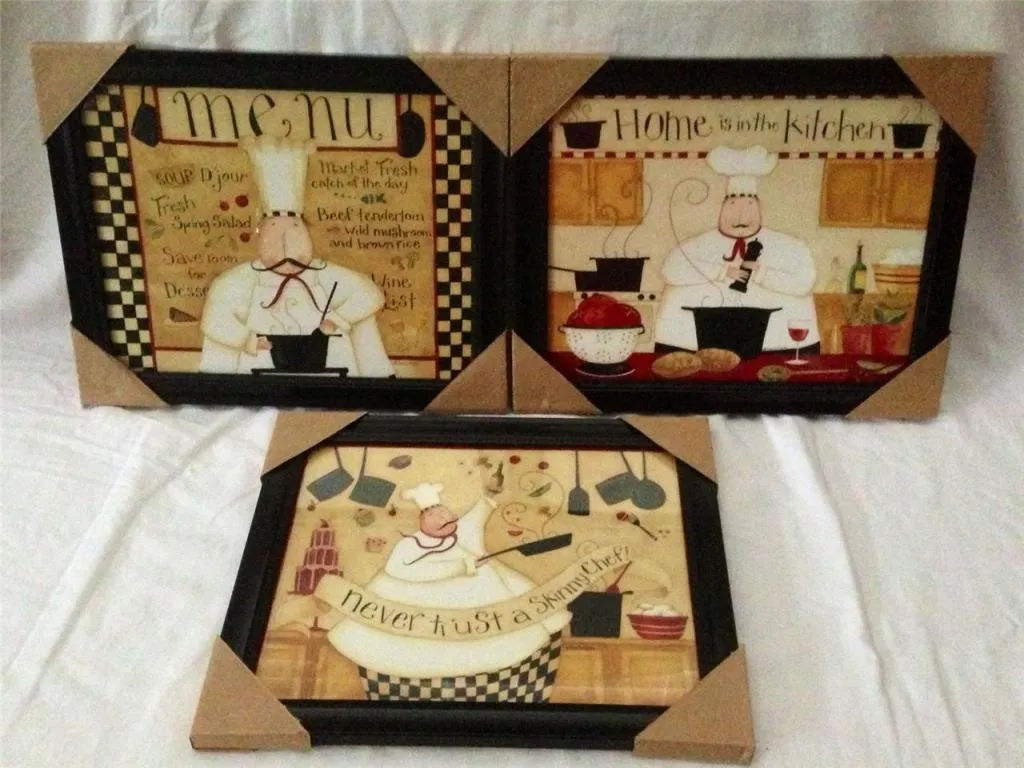What is Italian Kitchen Decor
Italian kitchen decor encapsulates the warmth, simplicity, and rustic charm of Italian homes. It’s a design style that emphasizes natural materials, inviting colors, and a sense of family and togetherness. Unlike minimalist or ultra-modern kitchens, Italian kitchens prioritize functionality, comfort, and a welcoming atmosphere. It’s about creating a space where cooking, eating, and socializing blend seamlessly, reflecting the Italian way of life. From the rolling hills of Tuscany to the bustling city kitchens of Rome, the essence of Italian design lies in its ability to evoke a feeling of home.
Key Elements of Italian Kitchen Style
Several key elements define the authentic Italian kitchen style. These elements work together to create a cohesive and inviting space. Understanding these components is crucial to successfully incorporating Italian kitchen decor into your home. The interplay of colors, materials, and essential items all contribute to achieving this design style. It’s not just about the aesthetics but also about the functionality and how the space is used for cooking and connecting with others, reflecting the values of Italian culture.
Color Palette
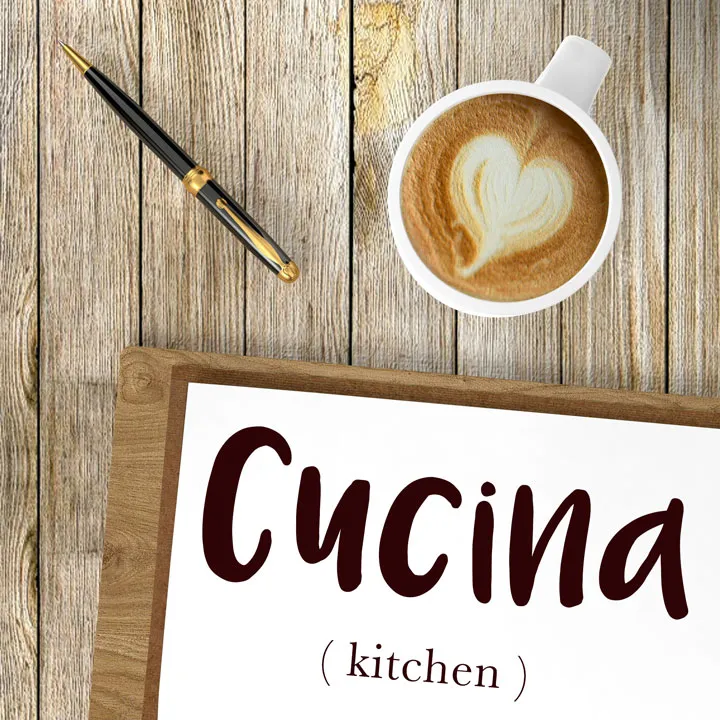
The color palette of an Italian kitchen typically draws inspiration from the natural landscape of Italy. Think warm, earthy tones that create a sense of comfort and tranquility. The right color choices are crucial for setting the mood and enhancing the overall aesthetic. The goal is to make the kitchen feel inviting and cozy, reminiscent of a sun-drenched Italian villa. This color scheme works in harmony with the materials and textures, creating a space that feels both beautiful and functional.
Warm and Inviting Hues
Warm hues like terracotta, creamy whites, and soft yellows are commonly used to create a welcoming atmosphere. These colors evoke feelings of sunshine and warmth, reminiscent of the Italian countryside. They provide a perfect backdrop for the natural materials and textures often found in Italian kitchens. These shades not only look beautiful but also contribute to the overall sense of comfort and conviviality, creating a kitchen that feels like the heart of the home.
Earthy Tones
Earthy tones such as olive green, deep browns, and muted oranges are also prevalent, reflecting the natural environment. These colors add depth and sophistication to the space. They create a sense of groundedness and connection to nature. When used in combination, warm and earthy tones can produce a rich and inviting color scheme that captures the essence of Italian design and enhances the overall aesthetic.
Materials and Textures
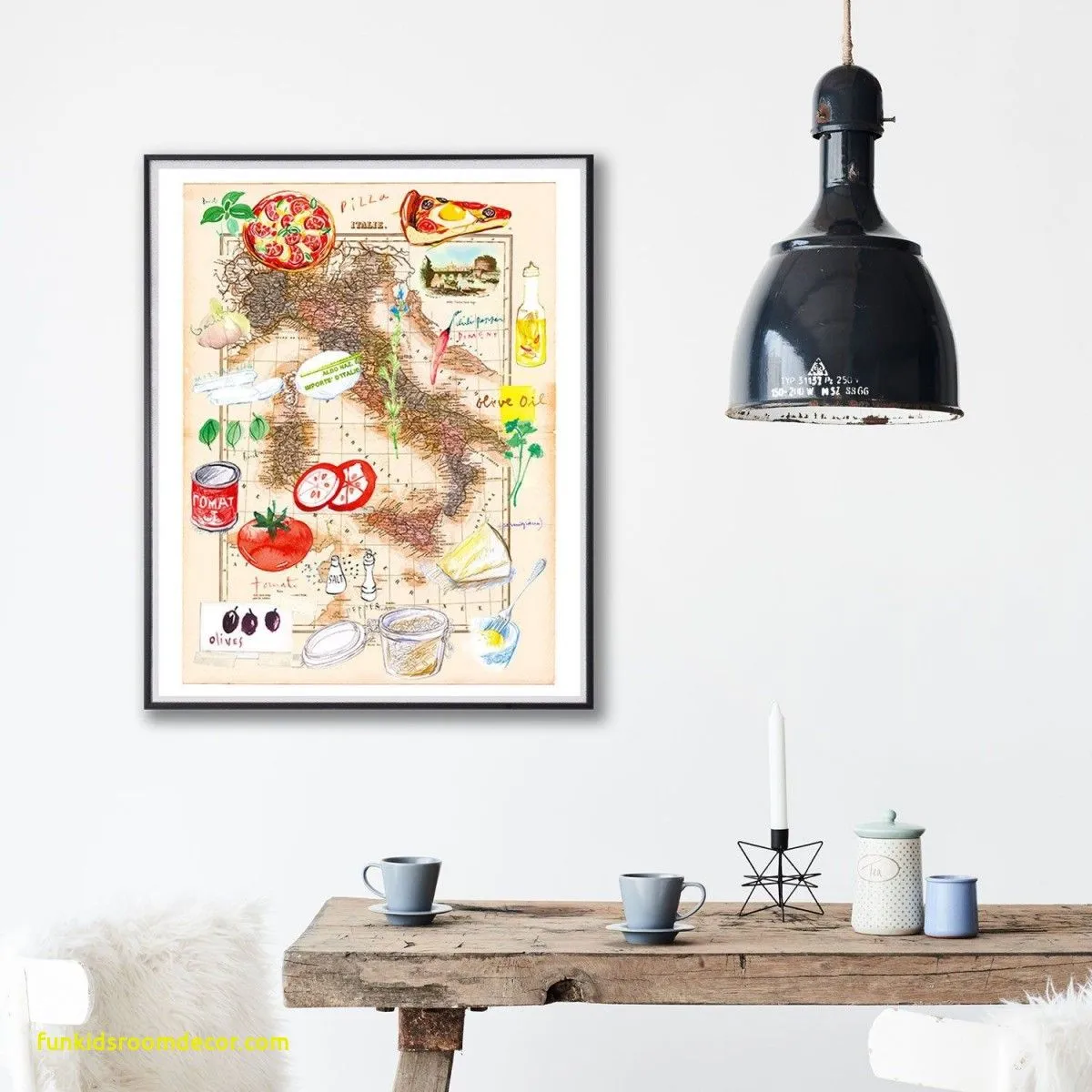
The choice of materials and textures is crucial in creating an authentic Italian kitchen. The use of natural elements, such as wood, stone, and tile, brings a sense of rustic charm and timeless elegance. These materials contribute to the overall warmth and inviting atmosphere, making the kitchen feel grounded and connected to the surrounding environment. The textures add visual interest and depth, enhancing the tactile experience of the space, reflecting the Italian emphasis on quality and craftsmanship.
Natural Wood
Natural wood is a fundamental element of Italian kitchen decor, adding warmth and character. Whether it’s used for cabinets, countertops, or open shelving, wood brings a sense of organic beauty and timelessness. The natural grain and texture of wood provide a visual appeal, while its durability ensures longevity. From rustic farmhouse kitchens to more refined designs, wood is a versatile material that can be adapted to various styles. Choosing the right type of wood and finish can significantly enhance the overall aesthetic of the kitchen.
Stone and Tile
Stone and tile are also essential components, bringing texture and durability to the space. Stone countertops, backsplashes, or flooring evoke the natural beauty of the Italian landscape. Tile adds a touch of artistry and provides endless design possibilities. Both stone and tile are incredibly durable and easy to maintain, making them practical choices for a busy kitchen. From intricate mosaic patterns to large-format stone slabs, these materials enhance both the aesthetics and functionality of an Italian kitchen.
Essential Italian Kitchen Elements
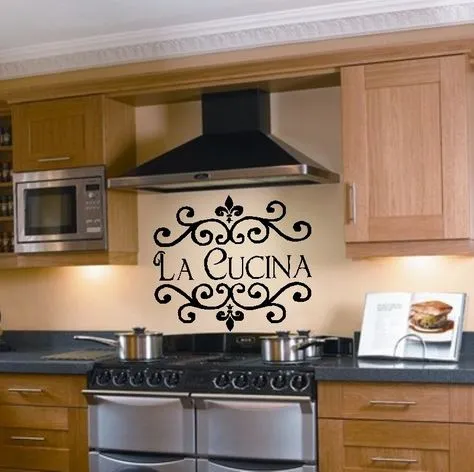
Beyond the fundamental design elements, specific features characterize the Italian kitchen. These essential components reflect the importance of functionality, conviviality, and a love of food in Italian culture. From the choice of furniture to the accessories, these details bring the space to life, creating a kitchen that is both beautiful and practical. Incorporating these elements is vital to creating a space that captures the essence of Italian kitchen design.
Furniture Selection
The furniture in an Italian kitchen should be both functional and aesthetically pleasing. A large, sturdy kitchen table is often the centerpiece, serving as a gathering place for family meals. Choose wooden chairs or benches that complement the overall style. Open shelving is another key element, providing both storage and a display area for beautiful dishes and cookware. Consider adding a kitchen island to provide extra counter space and seating. Select furniture that is comfortable, durable, and reflects the style of your kitchen.
Choosing the Right Appliances
When choosing appliances, consider a balance of functionality and style. Stainless steel appliances can blend seamlessly with a modern Italian design. Alternatively, opt for built-in appliances that blend into the cabinetry for a more integrated look. A traditional Italian kitchen might feature a large range with multiple burners, perfect for preparing elaborate meals. The refrigerator should have ample space to store fresh ingredients, reflecting the importance of cooking and eating together. Make sure the appliances match the overall design scheme.
Decor and Accessories
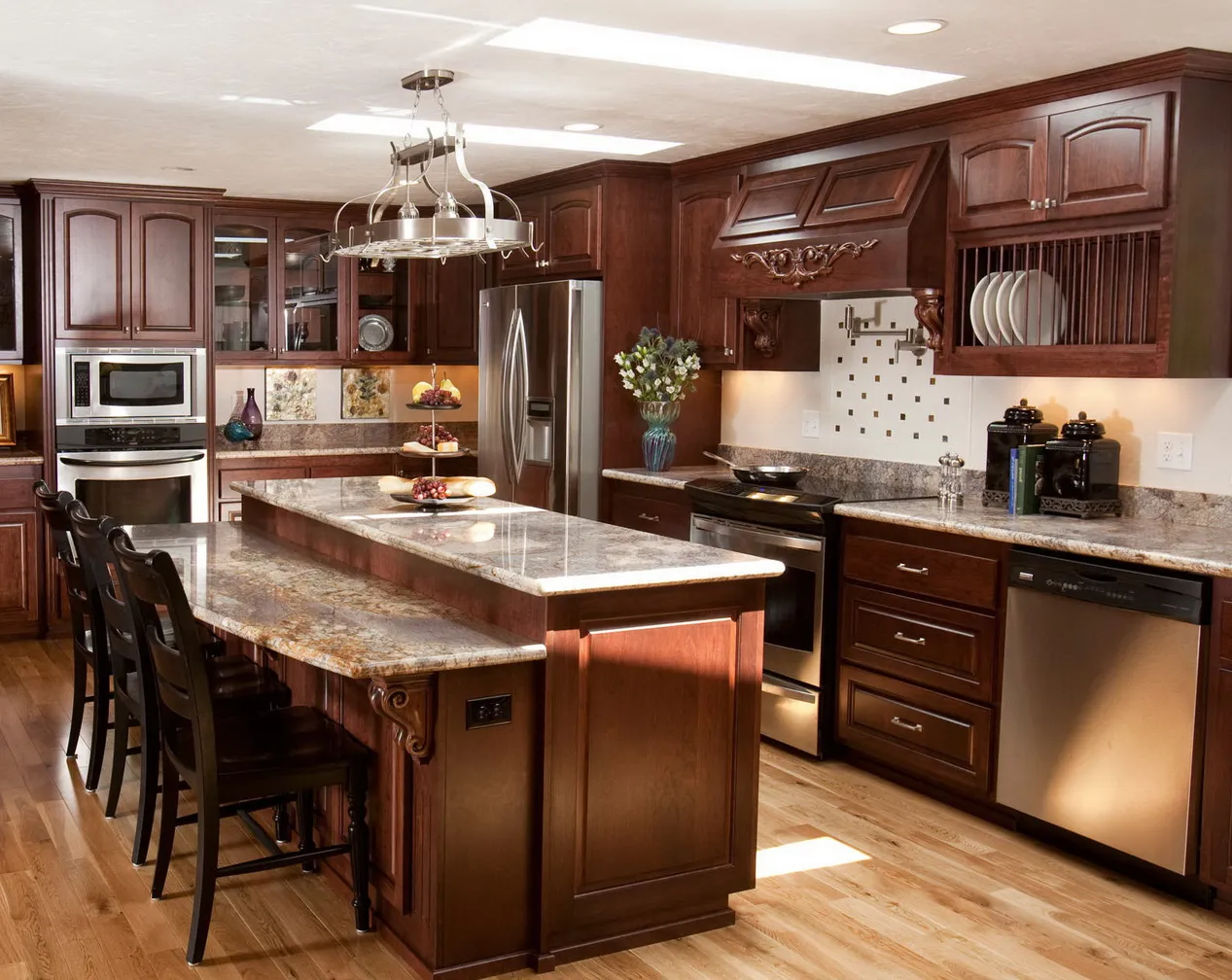
Decor and accessories are crucial to bringing your Italian kitchen to life. Displaying colorful ceramics, handcrafted pottery, and copper cookware can enhance the space’s charm. Consider incorporating items that reflect the Italian lifestyle, such as olive oil bottles, pasta jars, and spice racks. Hang artwork that reflects the Italian landscape or food culture. Fresh herbs and flowers will add color and fragrance, creating a welcoming and vibrant atmosphere. Every detail matters when creating the perfect Italian kitchen.
Lighting and Ambiance
Lighting plays a crucial role in setting the mood and ambiance of an Italian kitchen. The right lighting can create a warm, inviting space where family and friends love to gather. From the type of fixtures to the overall design, considering the lighting is essential for creating the right feel. The aim is to create a balance of functionality and aesthetics, ensuring that the kitchen is both well-lit and visually appealing, reflecting the warmth of Italian culture.
Types of Lighting
Choose a mix of lighting types to create a layered effect. Overhead lighting, such as pendant lights over the kitchen island or dining area, provides task lighting. Under-cabinet lighting can illuminate countertops and work surfaces. Consider adding ambient lighting, such as sconces or recessed lights, to create a softer glow. Combining different types of lighting ensures the kitchen is well-lit for cooking and entertaining, allowing for flexibility and ambiance.
Creating the Ambiance
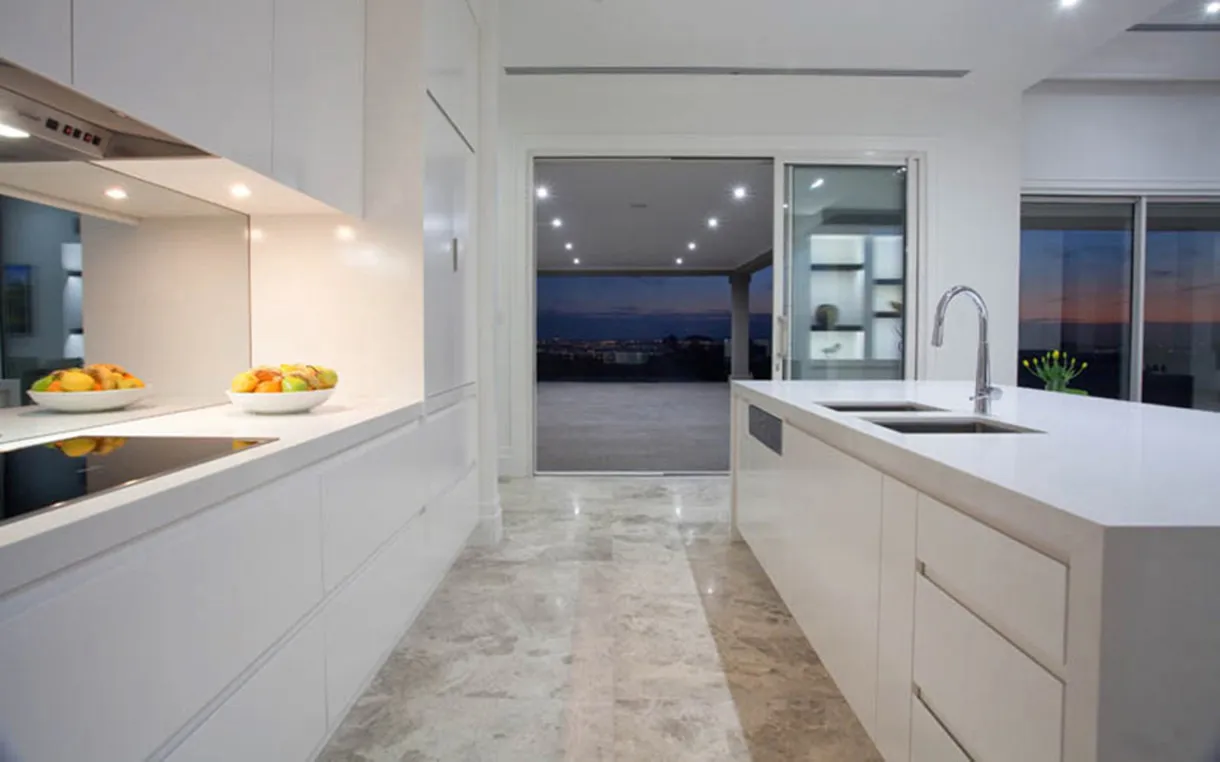
To create the perfect ambiance, consider the color temperature and brightness of your lighting. Warm, soft lighting creates a cozy and inviting atmosphere. Dimmers allow you to adjust the light levels to suit the time of day and the activity. The goal is to create a space that feels both functional and inviting, capturing the essence of Italian hospitality. Lighting should enhance the aesthetic and create a welcoming environment.
Bringing it all together
Successfully creating an Italian kitchen involves harmonizing all these elements. It’s about blending colors, materials, and furniture to create a cohesive design that reflects your style and personality. The key is to create a space that is both functional and beautiful, a place where cooking, eating, and sharing moments become a source of joy. When the various elements come together, it creates a kitchen that embodies the warmth, simplicity, and timeless elegance of Italian design.
In conclusion, an Italian kitchen is more than just a space for cooking it’s a place for living, connecting, and creating memories. By embracing the key elements, you can transform your kitchen into a warm and inviting haven reminiscent of the beautiful Italian countryside. So get started, and enjoy the journey of creating an Italian-inspired kitchen that reflects your love for food, family, and the timeless beauty of Italian design!
